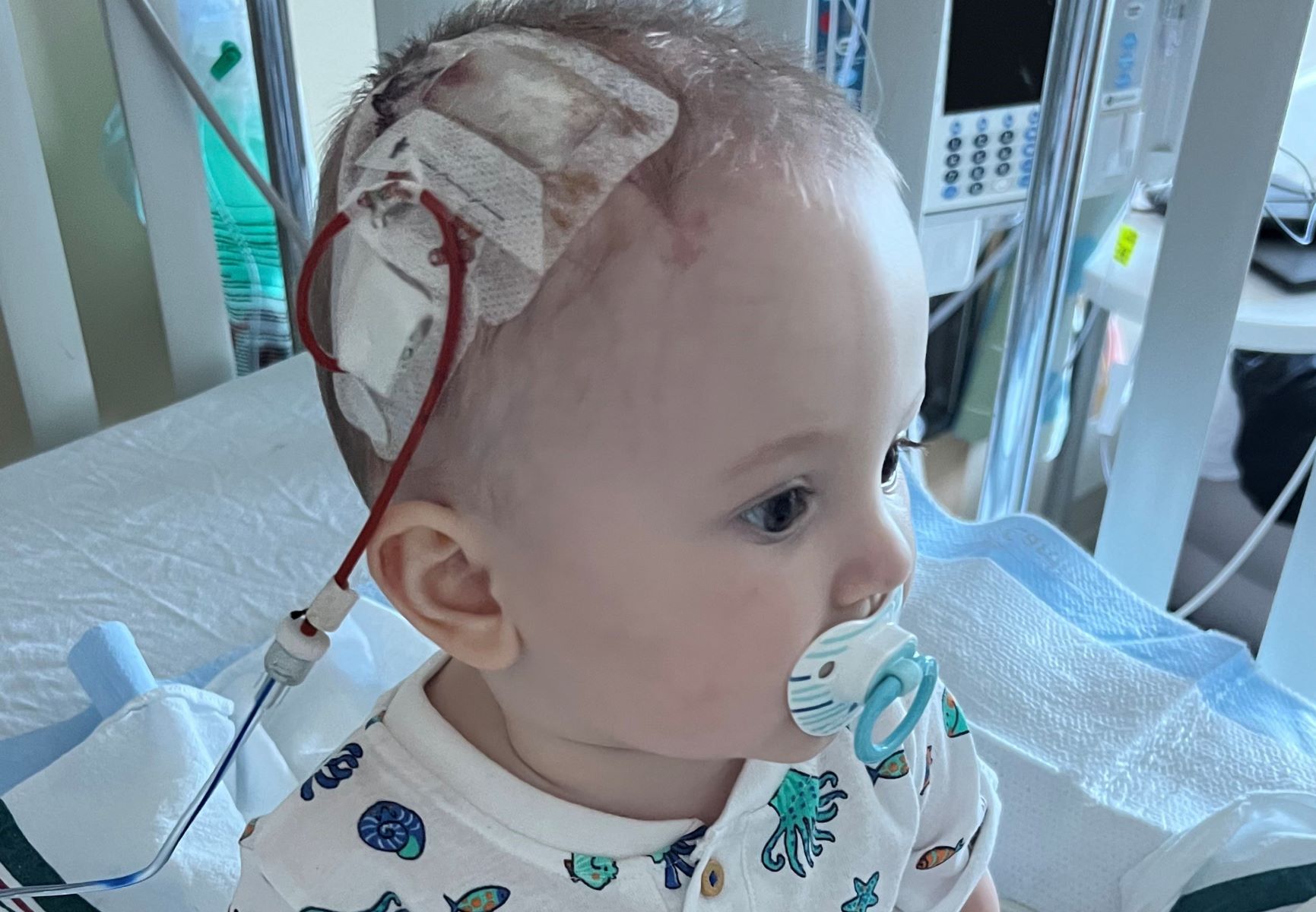
Shaken Baby Syndrome (SBS) is a severe brain injury resulting from forcefully shaking an infant or toddler. This violent action can cause the baby's brain to move back and forth inside the skull, leading to bruising, swelling, and bleeding. SBS often occurs when a caregiver becomes frustrated with a crying baby and shakes them out of anger or stress. It is crucial to understand that even a few seconds of shaking can cause permanent damage or death. Preventing SBS involves educating caregivers about the dangers of shaking and promoting safe ways to handle a crying child. By spreading awareness, we can protect vulnerable infants from this preventable tragedy.
Key Takeaways:
- Shaken Baby Syndrome (SBS) is a serious brain injury caused by violently shaking an infant. It can lead to long-term disabilities or even death, making it crucial to educate caregivers and provide support to prevent this tragic condition.
- Understanding the signs, risk factors, and long-term effects of SBS is essential for early diagnosis and treatment. Support and resources are available for affected families, and ongoing research offers hope for better outcomes in the future.
What is Shaken Baby Syndrome?
Shaken Baby Syndrome (SBS) is a serious brain injury resulting from forcefully shaking an infant or toddler. This violent shaking can cause severe brain damage, long-term disabilities, or even death. Understanding the facts about SBS can help in preventing this tragic condition.
-
SBS is a form of child abuse. It occurs when someone violently shakes a baby, causing the brain to move back and forth inside the skull.
-
Infants under one year are most at risk. Babies are more vulnerable due to their weak neck muscles and large, heavy heads.
-
Symptoms can vary. They may include irritability, lethargy, poor feeding, vomiting, and seizures.
-
SBS can cause permanent damage. Long-term effects might include blindness, hearing loss, developmental delays, and physical disabilities.
-
It can be fatal. In severe cases, SBS can lead to death.
Causes and Risk Factors
Understanding what leads to SBS can help in preventing it. Several factors can increase the risk of this condition.
-
Stress and frustration are common triggers. Caregivers may shake a baby out of frustration, especially if the baby is crying inconsolably.
-
Lack of knowledge. Some caregivers may not realize the dangers of shaking a baby.
-
Substance abuse. Alcohol or drug use can impair judgment, increasing the risk of shaking a baby.
-
Young or inexperienced parents. They may lack the skills to cope with a crying baby.
-
Domestic violence. Homes with domestic violence have a higher risk of SBS.
Signs and Symptoms
Recognizing the signs of SBS early can save a child's life. Symptoms can range from mild to severe.
-
Unusual behavior. A baby may appear lethargic or irritable.
-
Feeding problems. Difficulty in feeding or refusal to eat can be a sign.
-
Vomiting. Frequent vomiting without any apparent reason.
-
Seizures. Uncontrolled shaking or convulsions.
-
Difficulty breathing. Irregular or slow breathing patterns.
Diagnosis and Treatment
Early diagnosis and treatment are crucial for the best outcomes. Medical professionals use various methods to diagnose SBS.
-
CT scans. These can reveal bleeding in the brain.
-
MRI scans. They provide detailed images of brain injuries.
-
Eye exams. Retinal hemorrhages are a common sign of SBS.
-
Blood tests. These can help rule out other conditions.
-
Neurological exams. Assessing the baby's reflexes and responses.
Prevention Strategies
Preventing SBS involves educating caregivers and providing support. Here are some effective strategies.
-
Education programs. Teaching parents and caregivers about the dangers of shaking a baby.
-
Support groups. Providing emotional support to stressed caregivers.
-
Helplines. Offering immediate assistance to those in crisis.
-
Safe sleep practices. Encouraging safe sleeping environments to reduce stress.
-
Public awareness campaigns. Spreading information about SBS through media.
Long-term Effects
The impact of SBS can last a lifetime. Understanding these effects can help in providing better care for survivors.
-
Cognitive impairments. Learning disabilities and memory problems.
-
Physical disabilities. Paralysis or motor skill issues.
-
Behavioral problems. Aggression, anxiety, or depression.
-
Sensory deficits. Hearing loss or blindness.
-
Speech and language delays. Difficulty in communicating effectively.
Legal and Social Implications
SBS has significant legal and social consequences. These can affect both the victim and the perpetrator.
-
Criminal charges. Perpetrators can face severe legal penalties.
-
Child protective services. Involvement to ensure the child's safety.
-
Custody battles. Legal disputes over the child's custody.
-
Social stigma. Families may face judgment and isolation.
-
Financial burden. Medical and legal expenses can be overwhelming.
Support and Resources
Support is available for families affected by SBS. Accessing these resources can make a significant difference.
-
Medical care. Specialized treatment and rehabilitation services.
-
Counseling. Mental health support for both the child and family.
-
Financial assistance. Programs to help cover medical costs.
-
Educational support. Special education services for affected children.
-
Community programs. Local organizations offering support and resources.
Research and Advances
Ongoing research is crucial in understanding and preventing SBS. Recent advances offer hope for better outcomes.
-
New diagnostic tools. Improved imaging techniques for early detection.
-
Therapeutic interventions. Innovative treatments to reduce long-term effects.
-
Preventive measures. Effective strategies to educate and support caregivers.
-
Genetic studies. Research on genetic factors that may influence susceptibility.
-
Public health initiatives. Programs aimed at reducing the incidence of SBS.
Global Perspective
SBS is a global issue. Different countries have various approaches to addressing and preventing it.
-
International awareness campaigns. Efforts to educate caregivers worldwide.
-
Cultural differences. Understanding how cultural practices influence SBS prevention.
-
Global research collaborations. Sharing knowledge and resources across borders.
-
Policy development. Creating laws and regulations to protect children.
-
Support networks. International organizations providing assistance and advocacy.
Final Thoughts on Shaken Baby Syndrome
Shaken Baby Syndrome (SBS) is a serious issue that demands attention. Understanding the symptoms, causes, and prevention methods can save lives. SBS often results from frustration, but knowing the consequences can deter such actions. Education and awareness are key in preventing these tragic incidents.
Parents, caregivers, and anyone involved with infants should be informed about the dangers of shaking a baby. Support systems and resources are available for those feeling overwhelmed. Remember, seeking help is a sign of strength, not weakness.
By spreading knowledge about SBS, we can protect our youngest and most vulnerable. Let's commit to creating a safer environment for all children. Every effort counts in preventing Shaken Baby Syndrome. Stay informed, stay vigilant, and always prioritize the well-being of our little ones.
Frequently Asked Questions
Was this page helpful?
Our commitment to delivering trustworthy and engaging content is at the heart of what we do. Each fact on our site is contributed by real users like you, bringing a wealth of diverse insights and information. To ensure the highest standards of accuracy and reliability, our dedicated editors meticulously review each submission. This process guarantees that the facts we share are not only fascinating but also credible. Trust in our commitment to quality and authenticity as you explore and learn with us.


